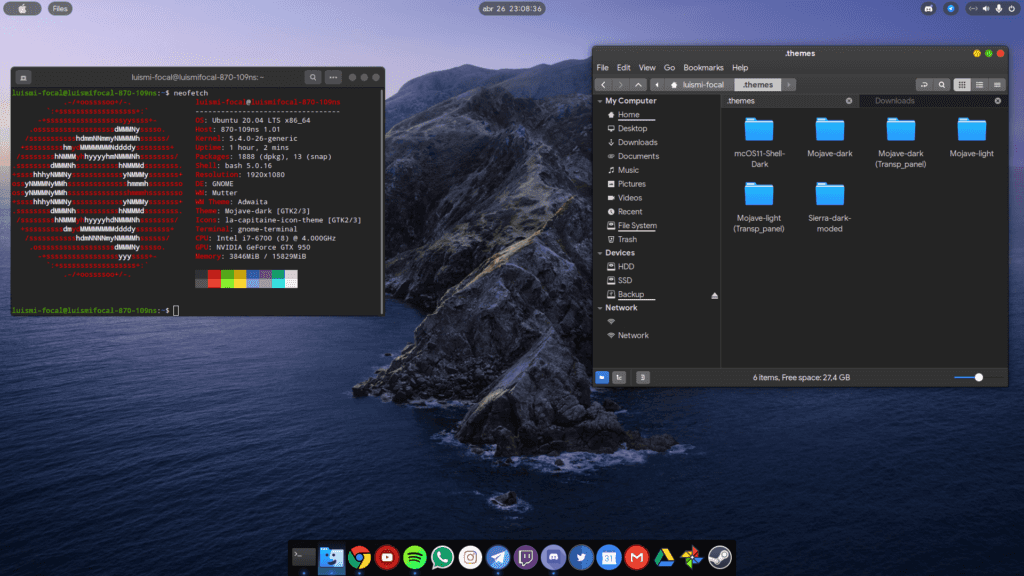

#UBUNTU SYSTEM MONITOR TOP BAR COLORS INSTALL#
For Arch Linux, this would be sudo pacman -S i3-wm (you can instead use sudo pacman -S i3-gaps to install an extended version of i3 that has more features). You can install i3 from your Linux distribution’s software repository. Once you install the appropriate packages using your Linux distribution’s package manager, the configuration steps are identical on any Linux distribution. In this post, I’ll walk through what I did.

I’ve recently installed i3 on Asahi Linux (which is based on Arch Linux), and customized it for my developer workflow. It is easy to configure, and has great documentation available at While there are many different tiling window managers available, i3 is the most common one. To solve these problems, most software developers and Linux/UNIX administrators install and use a tiling window manager. But these desktop environments use a great deal of resources and are cumbersome when it comes to flexibility and navigation between applications and code. If you’re a Linux user, you’re probably using a desktop environment that looks like Windows (e.g.


 0 kommentar(er)
0 kommentar(er)
